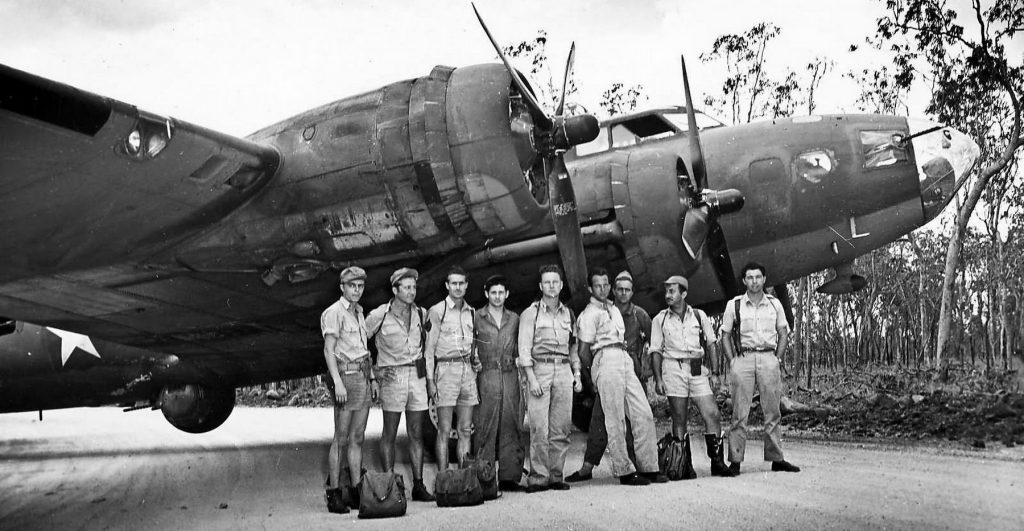During World War II, Archerfield Airport in Brisbane, Australia played a crucial role as a major air base for the United States Army Air Forces (USAAF). Serving as a strategic hub, it facilitated operations, logistics, and support for American air units in the Pacific theater.
The USAAF’s Arrival
Following the attack on Pearl Harbor in December 1941, the United States entered the war and began deploying its military forces to various theaters. Archerfield Airport became a vital staging point for American air units heading to the Pacific. The first USAAF units arrived in early 1942, setting the stage for a substantial American presence in Australia.
Operational Role
Archerfield Airport served as a base for a range of USAAF units, including fighter squadrons, bomber groups, transport aircraft, and support personnel. These units played a crucial role in conducting air operations against Japanese forces and supporting Allied campaigns in the Pacific region. The airport’s strategic location facilitated the movement of aircraft, supplies, and personnel between Australia, New Guinea, and other key areas of operation.

Bomber Groups
Archerfield was home to several USAAF bomber groups, such as the 19th Bombardment Group, equipped with B-17 Flying Fortresses, and the 22nd Bombardment Group, operating B-26 Marauders. These groups conducted bombing missions against Japanese targets, including airfields, supply lines, and strategic installations. Their operations significantly contributed to the Allied effort to disrupt enemy logistics and weaken their defensive capabilities.
Fighter Squadrons
Fighter squadrons stationed at Archerfield Airport played a crucial role in providing air cover and escort for bombers and other aircraft. The USAAF’s 35th Fighter Group, equipped with P-39 Airacobras and later P-38 Lightnings, engaged in combat missions against Japanese fighters and conducted strafing runs on ground targets. Their efforts helped establish air superiority and protect Allied forces during critical operations.
Transport Operations
Archerfield also served as a key transportation hub for the USAAF. Transport aircraft, including C-47 Skytrains and C-54 Skymasters, facilitated the movement of troops, equipment, and supplies to support Allied campaigns. These aircraft played a vital role in logistics, aerial resupply, and troop transport, enabling the sustainment and reinforcement of Allied forces throughout the Pacific theater.
Collaboration with Australian Forces
The USAAF presence at Archerfield Airport fostered close collaboration with the Royal Australian Air Force (RAAF). Joint operations, training exercises, and information sharing enhanced the effectiveness of both air forces. The cooperation between American and Australian forces at Archerfield exemplified the strong alliance and shared commitment to the war effort.
Legacy
The contributions of the USAAF at Archerfield Airport were significant and left a lasting impact on the region. The airport’s role as a major American air base bolstered Allied operations in the Pacific, providing critical support for the defeat of Japanese forces. The shared experiences and cooperation between American and Australian personnel forged enduring bonds between the two nations.

Lieutenant General George H. Brett
During World War II, Lieutenant General George H. Brett served as the American Commander of the 5th Air Force in Australia. He assumed command of the 5th Air Force in January 1942 and played a crucial role in coordinating American air operations in the Pacific theater from his base in Brisbane, Australia.
